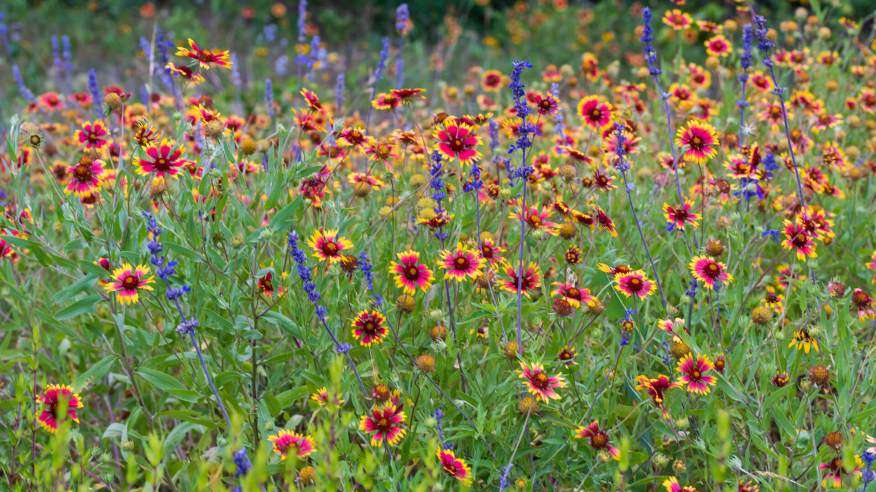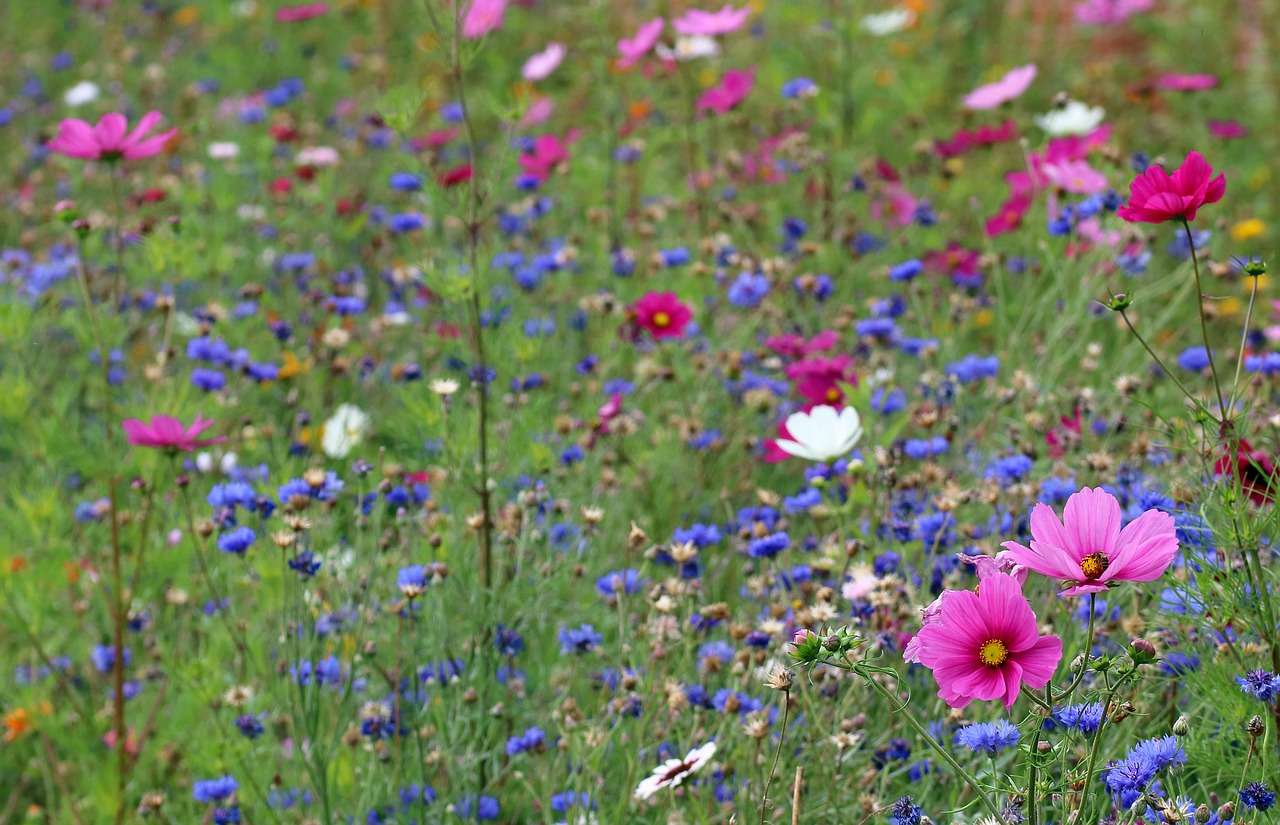Wildflowers are not only beautiful to look at, but they also play a crucial role in benefiting local ecosystems and permaculture gardens. In order to create a thriving wildflower garden, it’s important to first remove any existing weeds and prepare the soil for planting. By combining both annual and perennial wildflower seeds, you can ensure that you’ll have flowers blooming in the very first year. Location is another key factor to consider, as you’ll want to avoid areas with excessive water or poor drainage. Additionally, it’s crucial to remove any weeds from the designated wildflower garden location to prevent competition. Tilling or raking the soil can help prepare it for planting, and using compost to improve the soil before sowing the seeds can also be beneficial. When it comes to timing, the best time to sow wildflower seeds will depend on whether they are perennial or annual. While sowing seeds is often a cost-effective option, it’s also possible to plant already-grown wildflower plants. Mulch, however, should be avoided when planting seeds, as it may hinder germination. Regular maintenance, which includes tasks like weeding and deadheading, is necessary to maintain a healthy wildflower garden. Lastly, the frequency at which you cut your wildflower garden will depend on the types of flowers you have and the desired outcome you wish to achieve.
Benefits of Wildflowers for Local Ecosystems
Wildflowers play a crucial role in enhancing pollination in local ecosystems. These vibrant blooms attract various pollinators such as bees, butterflies, and birds, who rely on the nectar and pollen as a food source. As the pollinators hop from one wildflower to another, they inadvertently transfer pollen between flowers, leading to successful fertilization and the production of seeds. This process is not only essential for the reproduction of wildflowers themselves but also for the production of fruits and seeds of other plants in the ecosystem.
In addition to pollination, wildflowers provide vital habitat for a plethora of wildlife. The lush vegetation, nectar-rich flowers, and protective cover offered by wildflower gardens make them a haven for insects, birds, and small mammals. These habitats offer nesting sites, shelter from predators, and abundant food sources, contributing to the overall biodiversity and health of the local ecosystem.
Another benefit of wildflowers is their ability to improve soil quality. These resilient plants have deep root systems that help stabilize the soil, prevent erosion, and increase soil fertility. Wildflowers also have the unique ability to capture and store carbon dioxide from the atmosphere, which can help mitigate the effects of climate change. As the wildflower plants die back and decompose, they add organic matter to the soil, further enriching its composition and nutrient content.
Moreover, wildflowers support biodiversity by providing a diverse range of food sources for a wide array of organisms. Different species of wildflowers bloom at different times, ensuring a steady supply of nectar and pollen throughout the growing season. This sustained food availability not only supports native pollinators but also attracts a diverse range of other beneficial insects, such as predatory wasps, ladybugs, and hoverflies, which help control pest populations.
Preparing the Wildflower Garden
To successfully establish a wildflower garden, it is essential to prepare the site properly. The first step is to remove any existing weeds from the area where you plan to sow the wildflower seeds. Weeds can compete with wildflowers for space, sunlight, water, and nutrients, hindering their growth and development. By eliminating weeds before sowing, you give the wildflowers a better chance at thriving.
Next, you’ll want to prepare the soil to create a favorable environment for your wildflowers. This can be done by tilling or raking the soil, loosening it to improve aeration and drainage. It is important to note that excessive tilling can damage the soil structure, so be mindful not to overdo it. You can also consider adding organic matter, such as compost, to enrich the soil with nutrients and promote healthy root growth.
Choosing the right location for your wildflower garden is crucial. Wildflowers generally prefer well-drained soil and full sun, so avoid areas with excessive water accumulation or poor drainage. Look for a spot that receives at least six hours of direct sunlight per day. Additionally, consider the existing landscaping and surroundings, as you want to create a wildflower garden that harmonizes with its surroundings and enhances the beauty of the existing landscape.
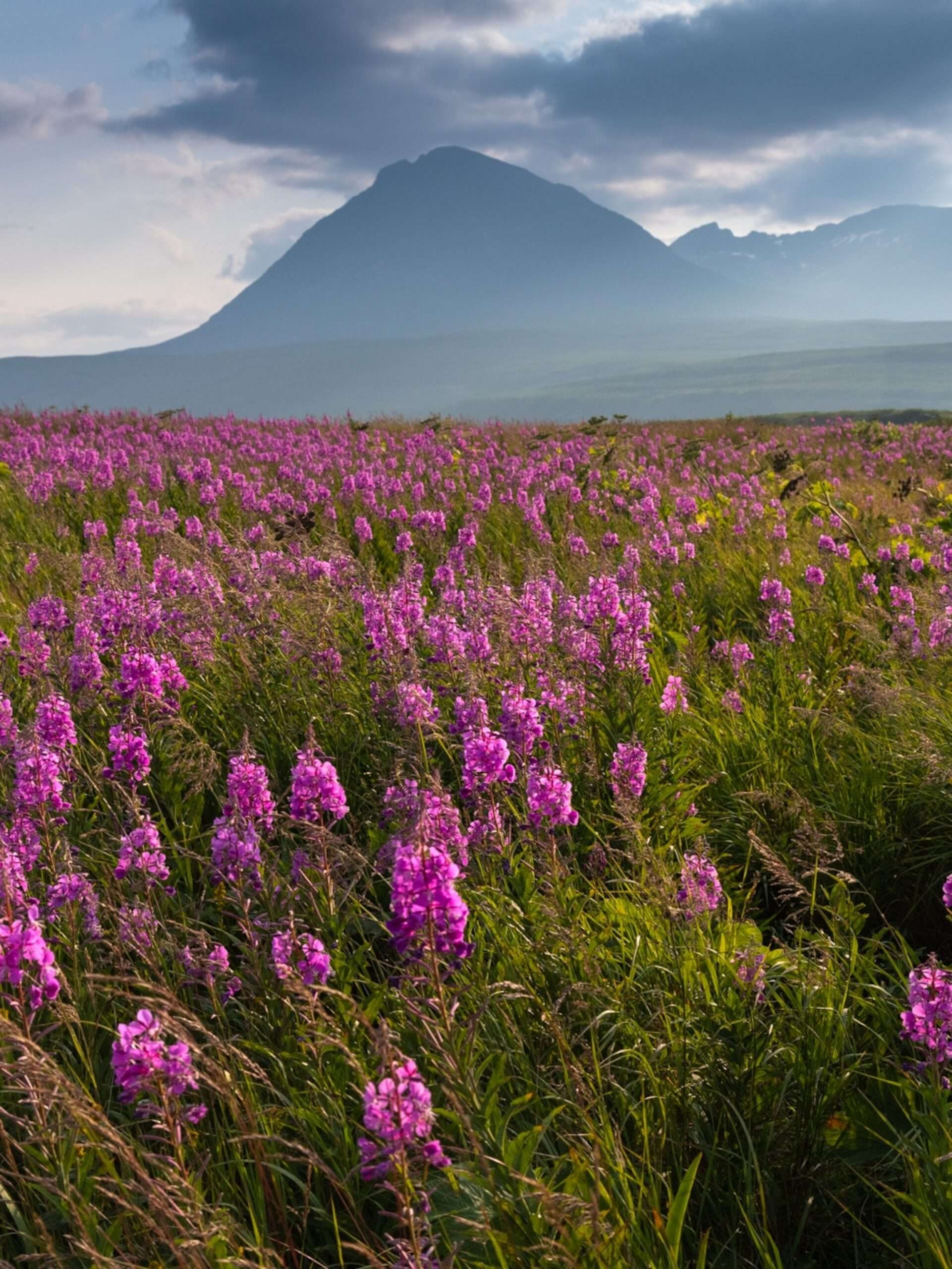
Sowing Wildflower Seeds
When it comes to sowing wildflower seeds, you have two options: annual and perennial seeds. Annual wildflowers complete their lifecycle in one growing season, while perennial wildflowers live for multiple years. Combining the two types of seeds in your wildflower garden ensures that you’ll have blooms in the first year, while also establishing a long-lasting and sustainable wildflower ecosystem.
The best time to sow wildflower seeds depends on the type of seeds you’re using. Perennial seeds are typically sown in the fall, giving them time to undergo a period of winter dormancy before germinating in the spring. On the other hand, annual seeds can be sown in the spring, when the soil has warmed up and the risk of frost has passed. Ensuring the right timing for sowing will maximize the chances of successful germination and establishment.
Sowing wildflower seeds is a cost-effective option for creating a wildflower garden. However, if you prefer immediate results or have specific wildflower species in mind, you can also opt to plant wildflower plants instead of using seeds. These plants are usually grown in containers and can be transplanted directly into the garden. Planting wildflower plants provides instant color and allows for more precise control over the selection and arrangement of flowers.
Maintaining a Wildflower Garden
Like any garden, a wildflower garden requires regular maintenance to keep it healthy and thriving. One of the essential maintenance tasks is weeding. Periodically inspect your wildflower garden for any weeds that may have sprouted and remove them promptly. This will prevent the weeds from competing with the wildflowers for resources, ensuring the wildflowers have optimal conditions for growth.
Deadheading is another maintenance practice that involves removing spent blooms from the wildflower plants. This not only keeps the garden looking tidy but also encourages further blooming. By removing the faded flowers, you redirect the plant’s energy into producing new blooms rather than seed production. Deadheading also prevents the wildflowers from self-seeding excessively, which can lead to overcrowding.
Controlling diseases and pests is crucial to maintain the health of your wildflower garden. Regularly inspect the plants for any signs of diseases or infestations, such as powdery mildew or aphids. If you notice any issues, promptly treat the affected plants using organic or environmentally friendly methods. Prevention is key, so ensure that the plants have adequate spacing and air circulation to minimize the risk of disease.
Watering requirements for wildflowers vary depending on the specific species and environmental conditions. While wildflowers are often more drought-tolerant than traditional garden flowers, they still need sufficient water during dry spells or extended periods of heat. The key is to water deeply and infrequently, encouraging the plants to develop deep root systems. Avoid overwatering, as this can lead to rot and other water-related issues.

Optimizing Wildflower Growth
To optimize the growth and overall health of your wildflower garden, there are several strategies you can employ. One method is using mulch, which helps retain moisture, suppress weeds, and regulate soil temperature. However, it’s important to note that mulch should not be used when sowing wildflower seeds, as it can prevent germination. Mulching can be applied once the wildflower plants are established to help maintain soil moisture and reduce weed competition.
Choosing the right wildflower mix for your garden is also essential. Consider the specific environmental conditions of your garden, such as soil type, sun exposure, and rainfall patterns. Different wildflower mixes are tailored to thrive in specific regions and climates, so select a mix that suits your local conditions. This will ensure that the wildflowers are well-adapted to the environment, resulting in healthier plants and more abundant blooms.
Understanding the different flower types in your wildflower garden is crucial for maintaining optimal growth. Some wildflowers self-seed readily, while others rely on insect or animal pollinators for cross-pollination and seed production. Depending on your desired outcome, you may need to adjust your maintenance practices. For example, if you want to encourage self-seeding and natural reseeding, you may need to cut back the plants less frequently and allow them to go to seed.
Pruning and cutting frequency can greatly impact the growth and appearance of your wildflower garden. Some wildflowers, such as daisies and coneflowers, benefit from periodic cutting to promote bushier and more compact growth. Others, like poppies and lupines, are best left untouched to allow them to spread naturally. Understanding the specific growth habits and requirements of each wildflower species will guide you in determining the optimal pruning and cutting frequency.
Attracting Pollinators
One of the significant attractions of wildflowers is their ability to attract and support pollinators. By selecting pollinator-friendly wildflowers for your garden, you can create a haven for bees, butterflies, and other beneficial insects. These pollinators are essential for the reproduction and survival of many plant species, ensuring a healthy and diverse ecosystem.
When choosing wildflowers for pollinator attraction, opt for those with bright, colorful blooms that are rich in nectar and pollen. Flowers with tubular or open shapes are particularly enticing to bees and butterflies, as they provide easy access to the nectar. Examples of pollinator-friendly wildflowers include lavender, sunflowers, black-eyed Susans, and bee balm.
Creating habitat for bees and butterflies is another crucial aspect of attracting pollinators to your wildflower garden. Incorporate features such as bee houses, butterfly puddlers, and flowering shrubs to provide shelter, nesting sites, and water sources for these beneficial insects. By diversifying the habitat, you can attract a wider range of pollinators, contributing to a more resilient and balanced ecosystem.
To ensure a reliable food source for pollinators throughout the seasons, choose a mix of wildflowers that bloom at different times. This will provide a continuous supply of nectar and pollen, supporting pollinators even during periods when other food sources may be scarce. Consider planting a variety of early, mid-season, and late-blooming wildflowers to maximize the availability of food for pollinators throughout the year.
Conservation efforts are crucial for protecting and preserving pollinators and their habitats. In recent years, there has been a decline in pollinator populations worldwide due to factors such as habitat loss, pesticide use, and climate change. By creating a pollinator-friendly wildflower garden, you contribute to the conservation of these vital species and help sustain their populations for future generations.
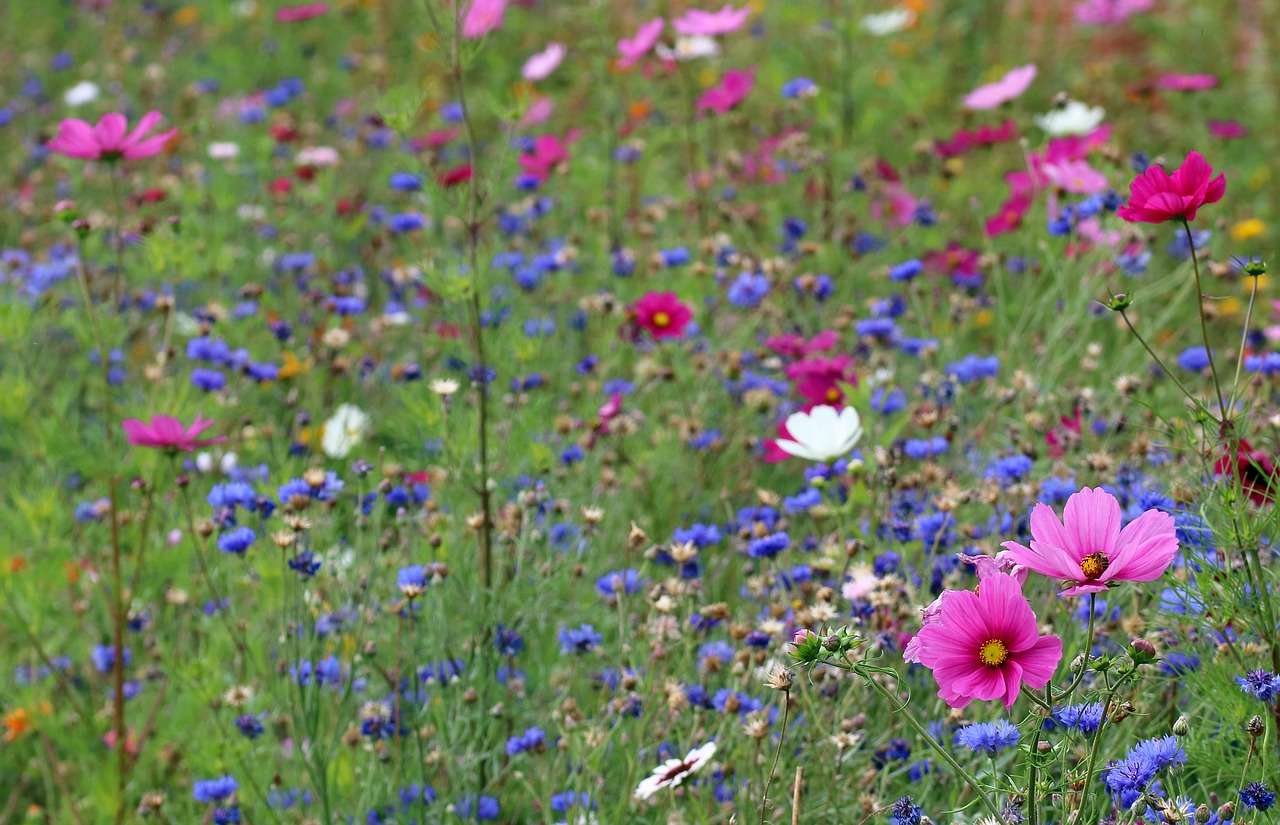
Wildflowers in Permaculture Gardens
Wildflowers and permaculture gardens are a match made in gardening heaven. Permaculture, which stands for permanent agriculture, is a design approach that aims to create sustainable and self-sufficient ecosystems. Wildflowers can play an integral role in permaculture gardens, providing a range of benefits and synergizing with the core principles of permaculture.
One of the key principles of permaculture is the idea of synergy, where different elements of the ecosystem work together harmoniously. Wildflowers can be excellent companion plants in permaculture systems, providing support to nearby crops by attracting beneficial insects, enhancing biodiversity, and aiding in pollination. They can also act as living mulch, protecting the soil from erosion and suppressing weed growth.
Incorporating wildflowers into a permaculture garden adds beauty and color to the landscape. The vibrant blooms not only create an aesthetically pleasing environment but also attract pollinators, beneficial insects, and songbirds, enhancing the overall biodiversity and vitality of the garden.
Wildflowers also contribute to soil health in permaculture gardens. Their deep root systems help improve soil structure, increase nutrient availability, and promote beneficial microbial activity. Additionally, wildflowers play a role in nitrogen fixation, a process in which certain species of plants convert atmospheric nitrogen into a form that can be utilized by other plants. This enrichment of the soil with nitrogen helps reduce the reliance on external fertilizers, making the garden more sustainable.
Harvesting Wildflowers
Harvesting wildflowers can be a rewarding experience, whether you’re collecting seeds or preserving fresh blooms. To harvest seeds, timing is crucial. Wait until the flower heads have fully matured and dried on the plant. The seeds should be dark brown or black and come off easily when gently rubbed. Harvesting at the right time ensures that the seeds are viable and have the best chances of successful germination.
Drying wildflower seeds is an essential step in the harvesting process. Spread the harvested seeds on a clean, dry surface and allow them to air dry for a week or two. Stir the seeds occasionally to ensure even drying and prevent mold or mildew growth. Once the seeds are completely dry, store them in a cool, dry place in airtight containers or envelopes. Label the containers with the flower species and the year of harvest for easy reference.
If you wish to preserve the fresh beauty of wildflowers, you can dry them using various techniques. One popular method is hanging the flowers upside down in a dark, well-ventilated area. You can tie them together in small bundles and hang them from a hook or a string. Avoid direct sunlight, as it can cause the colors to fade. Once the flowers have dried completely, they can be used for various crafts, floral arrangements, or even potpourri.
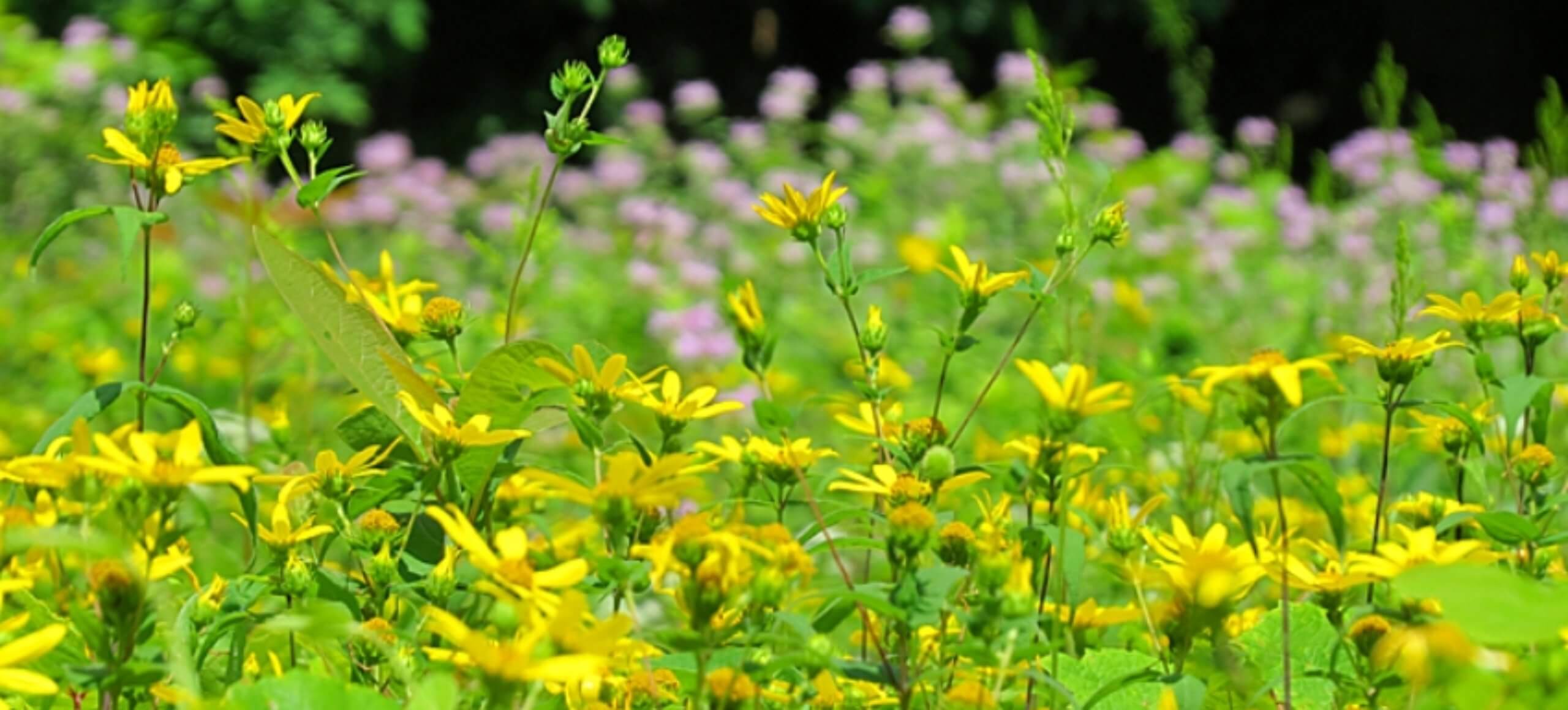
Threats to Wildflower Habitats
While wildflowers offer numerous benefits to local ecosystems, their habitats are under threat from various factors. Habitat loss and fragmentation are major concerns, as urban development, agriculture expansion, and infrastructure projects often encroach upon natural areas. As wildflower habitats shrink and become fragmented, the populations of these valuable plants decline, leading to a loss of biodiversity and ecological imbalance.
Invasive species also pose a significant threat to wildflower habitats. Non-native plant species that aggressively spread and outcompete native wildflowers can disrupt the balance of an ecosystem. These invasives often have no natural predators or diseases to keep their populations in check, allowing them to dominate and displace the native flora. This further threatens the survival of native plant species that rely on specific pollinators or habitats.
Climate change is another significant factor impacting wildflower habitats. Rising temperatures, altered precipitation patterns, and extreme weather events can disrupt the flowering cycles and distribution of wildflowers. Some species may struggle to adapt to the changing conditions, leading to their decline or disappearance from certain regions. The loss of wildflowers can have cascading effects on pollinator populations and other dependent organisms, further destabilizing ecosystems.
Conservation and restoration efforts are crucial for the preservation of wildflower habitats. Protecting natural areas and creating designated wildlife corridors can help maintain suitable habitats for wildflowers and facilitate their movement and gene flow. Additionally, reducing the impact of invasive species through monitoring and management strategies is essential. Finally, mitigating the effects of climate change through sustainable practices and advocacy for environmental protection is vital for the long-term survival of wildflower species.
Conclusion
Wildflowers bring beauty, biodiversity, and numerous benefits to local ecosystems and permaculture gardens. By enhancing pollination, providing habitat for wildlife, improving soil quality, and supporting biodiversity, these vibrant blooms play a vital role in the health and sustainability of our natural environments.
Creating a wildflower garden requires careful preparation and maintenance. Removing weeds, preparing the soil, and choosing the right location are essential steps in establishing a successful wildflower habitat. Whether sowing wildflower seeds or planting wildflower plants, timing and proper care are key to ensuring their successful growth.
Maintaining a wildflower garden involves regular weeding, deadheading, disease and pest control, and appropriate watering. Mulching, selecting the right wildflower mix, understanding flower types, and pruning and cutting according to the desired outcome all contribute to optimizing wildflower growth.
Attracting pollinators to your wildflower garden involves selecting pollinator-friendly flowers, creating habitat, providing a reliable food source, and supporting conservation efforts. Integration of wildflowers in permaculture gardens aligns with the principles of synergy, companion planting, and soil health promotion.
Harvesting wildflower seeds and preserving fresh blooms allow you to enjoy the beauty of these plants and contribute to their propagation. However, it is essential to be aware of the threats to wildflower habitats, such as habitat loss, invasive species, and climate change. Conservation and restoration efforts are crucial for protecting these valuable ecosystems and preserving wildflowers for future generations to enjoy.
